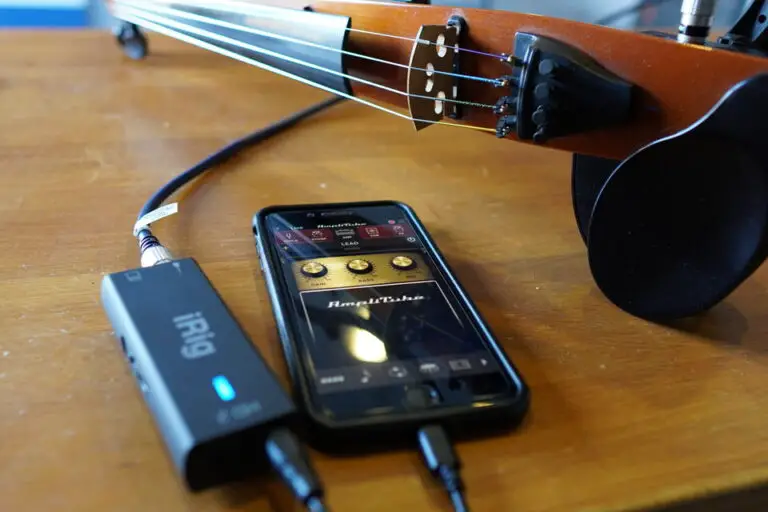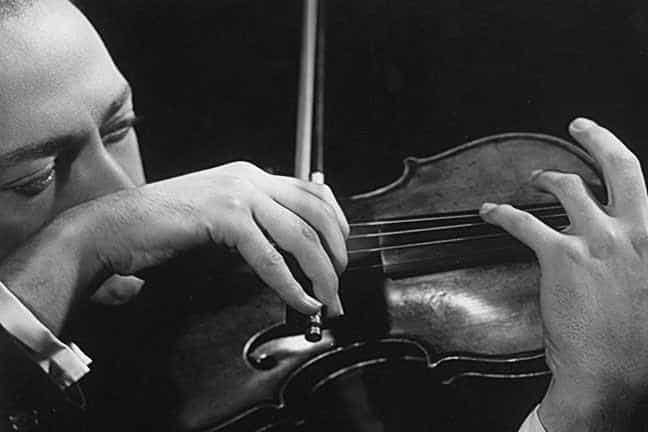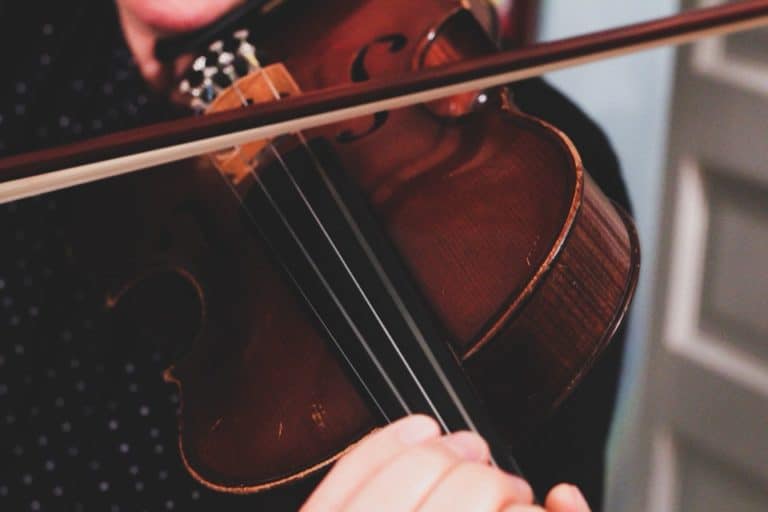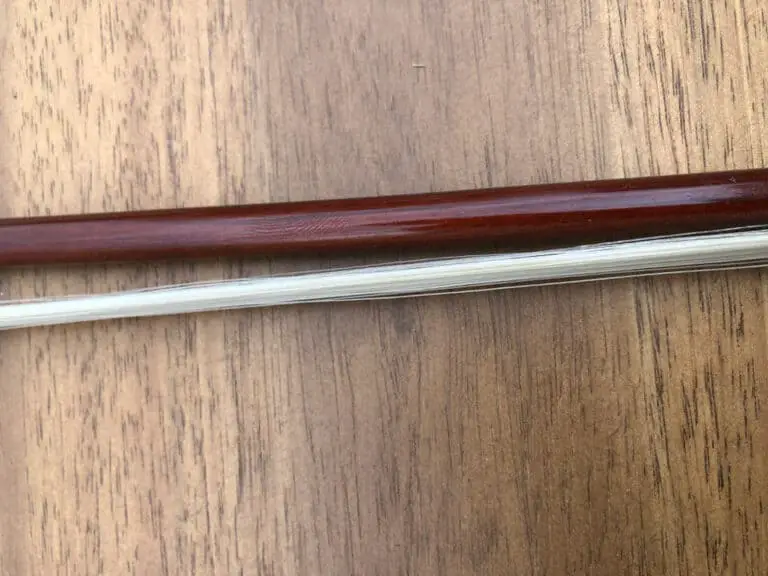Why is the Violin Better than the Viola?
The violin and the Viola are two brother instruments. They look like a lot. Only a trained eye (or ear) can tell them apart. But one is preferred to the other.
Why is the violin better than the Viola? Its bigger size and lower voice have confined the Viola to an accompaniment instrument. It has far less repertoire and exposure. All the stars play the violin, influencing many students not to choose the Viola and mock the instrument.
1. Soloists prefer higher pitched instruments
There are few differences between those two instruments. The Viola is a tad bigger than the violin because it has a lower voice. The Viola has four strings as well but is tuned a fifth lower than the violin: in the orchestra, it is the instrument between the violin and the cello in the range of string instruments sounds.
As the violin has a higher pitch sound, it is more often used as a soloist. In the orchestra’s mass, the highest notes come across easier: the violin playing high on the E string is well heard above the body of the sound.
As altos have a sound in the medium of the spectrum, in the middle, the sound’s body comes across more difficultly sometimes. And it is not the notes only, but the tone of the instrument that is less bright, more mellow. In the context of an orchestra for a concerto, for example, the Viola has a more difficult time being heard in big halls. The orchestra has to play more softly, piano, pianissimo, for the Viola to be heard. The lower range of the Viola is in the cello’s territory, and the higher range can overlap the second violins.
2. The Violin has a bigger repertoire than the Viola
So, with its lower voice and mellow tone, the Viola is less composed for.
Composers, with, of course, many counterexamples, have strongly preferred the easy route. They have composed most of the solo repertoire for violin.
In Quatuors, for example, often, maybe too often, some might say, the leading voice is played by the first violin. So even when in the most miniature orchestral form, the alto is preferred to the violin by composers.
With violins almost always playing the leading parts, the main themes, violas play the meat of the music, the harmony in the middle range.
All the prestigious repertoire has been composed for violin. The biggest sonatas. The more brilliant concertos. There is far less music to be played on the Viola.
3. The violin gets more exposure
And as the vicious circle goes on, as the Viola has less repertoire and doesn’t play the leading part, it has less exposure. So the general public knows little about that instrument. When heard alone, many people confuse it with a violin. So it is always trickier to play an instrument you need to explain about. So that lack of notoriety leads more people to play, to listen to the Viola.
4. More stars play the violin: the Paganini syndrome
With its higher voice and solo repertoire, the violin has attracted almost all exceptional players for many centuries. The best violinists played the Viola as a side instrument, but their main instrument was the violin. The greatest of them all, Nicolo Paganini, has created and developed the myth of the devilish virtuoso on the violin. The alto just couldn’t compete.
All the stars were violin players: Paganini, Kreisler, Eugene Ysaye, Sarasate, Menuhin, Oistrakh, Heifetz, Kogan, and so on. So the legend has been made around the violin, with the Viola in the shadow of its brilliant brother.
So it comes to people: these great players were violinists but could play the alto as well. But again, they used the violin for the more brilliant, extravagant concerts and repertoire, and the Viola on the side. Paganini was known to be a great violist. He even asked Hector Berlioz for a solo work for the Stradivarius alto he had just bought. He wanted to explore all the possibilities of the new instrument that he found terrific. Berlioz wrote Harold in Italy for Paganini (source). But he didn’t found the piece difficult enough for his virtuosity.
Another viola star, maybe the greatest of them all, was Mozart himself. He composed a Concerto for Violin and Viola, the Simphonia concertante. Below, the great Mozart Sinfonia Concertante, K364, played by David and Igor Oistrakh.
5. The violin has a more challenging and virtuosic repertoire
As the composers and violinist stars prefer the violin, the violin repertoire is richer, more complex, more challenging, and virtuosic. That is why the violin’s repertoire has been shared and transcribed (a fifth lower) to its bigger brother.
The Viola has borrowed many of the most prestigious pieces from the violin: Bach’s Sonatas and Partitas, Paganini’s Caprices… This is another example of the prominence of the violin.
But more and more violists, especially in the 20th century, have become more and more specialized. The Viola had been for a long time a second instrument for violinists. With these new violists, the Viola has reached new levels of virtuosity and exposure. It has started to be an instrument in its own right.
6. Better students choose the Violin, others the Viola
Q: Why do you pack your violin in a viola case?
A: Theft protection!
When I studied in the conservatory, the violinists who didn’t have a sufficient level were offered to switch to the Alto. The Alto was considered an easier instrument than the violin, with an easier career.
This vicious circle of no repertoire, no exposure, no stars continues in the conservatories. Viola students are bullied, and many jokes between violinists laugh about Viola.
Even if it shouldn’t be taken too seriously, there is a kind of discrimination against this (beautiful) instrument, and it is too bad. Even if we take it to the second degree, these jokes are detrimental to the reputation of the Viola.
But in that ever-going war, violists are taking their revenge and create and share violin jokes!
Q: How many violinists are needed to change a light bulb?
A: Three: one to explain how you should do it, one to do it, and one to explain how you could have done it better in a different way.






